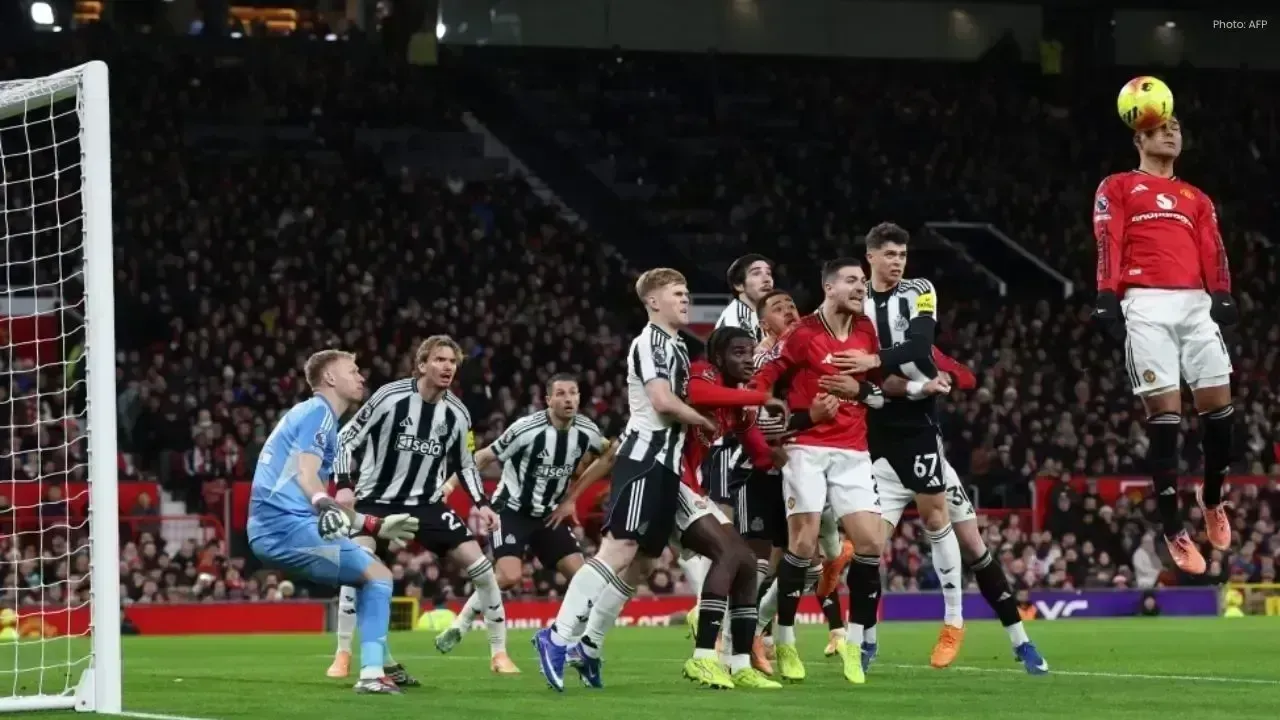You have not yet added any article to your bookmarks!

Join 10k+ people to get notified about new posts, news and tips.
Do not worry we don't spam!

Post by : Meena Ariff
Photo: Reuters
A 45-year-old man, Lo Wai-shing, who suffered from drug-resistant epilepsy for 30 years, has found relief after undergoing a special surgery using a new robotic system. Lo was diagnosed with epilepsy at the age of 15. He once experienced up to 10 seizures in a month and, despite taking medication, still had one or two seizures every month.
Due to his condition, Lo found it difficult to hold a regular job. He shared that he had only worked for his uncle’s company and at a supermarket where his aunt was also employed.
In April this year, Lo underwent minimally invasive brain surgery using a robotic system. During the procedure, doctors identified the exact area in his brain causing the seizures and used heat from radio waves to destroy that small part of brain tissue.
After the surgery, Lo said he had not experienced any seizures and could sleep well. “I am very happy as it has largely reduced the frequency of the seizures,” he said.
Doctors explained that this robotic system allows them to treat epilepsy patients more accurately and with less invasion. The surgery, known as stereoelectroencephalography (SEEG), involves placing thin wires, called electrodes, into different areas of the brain to locate the source of seizures.
Earlier, doctors used a method called frame-based stereotaxy, which required attaching a frame to the patient’s head to measure angles and depths manually for placing each electrode. This process was time-consuming and carried risks of errors.
With the robotic system, doctors now input brain scans and images, select the target points, and the system guides them directly. “It saves a lot of time and is very accurate,” said one neurosurgery consultant. For Lo’s surgery, doctors implanted 15 electrodes in nearly three and a half hours. This process earlier took about seven hours.
Since its introduction last year, the robotic system has been used in over 10 surgeries, including those for epilepsy and movement disorders.
Doctors estimate that around 60,000 to 70,000 people suffer from epilepsy. One in 20 people may have at least one epileptic episode in their life. Epilepsy is a long-term condition with repeated seizures, which can cause abnormal movements, loss of consciousness, and risk of injury or death.
Medicines can control seizures for many, but about 30 percent of patients do not respond to them. In such cases, doctors recommend surgery to remove the seizure-causing area. Before this, SEEG is needed to find the exact spot in the brain.
Earlier, patients had to undergo a craniotomy for SEEG, which involved opening the skull. Many avoided it due to its invasive nature. Now, this robotic procedure offers a safer and quicker option.
Doctors hope that with the help of this technology, many more epilepsy patients can regain control over their lives and live safely without fear of sudden seizures.










Akshaye Khanna exits Drishyam 3; Jaideep Ahlawat steps in fast
Producer confirms Jaideep Ahlawat replaces Akshaye Khanna in Drishyam 3 after actor’s sudden exit ov

Kapil Sharma’s Kis Kisko Pyaar Karoon 2 to Re-release in January 2026
After limited screens affected its run, Kapil Sharma’s comedy film Kis Kisko Pyaar Karoon 2 will ret

Hrithik Roshan and Saba Azad Celebrate Christmas at Family Party
Hrithik Roshan and Saba Azad celebrated Christmas at Sussanne Khan’s party, sharing happy moments wi

China Sanctions 20 US Defense Firms Over Taiwan Arms Sales Dispute
China imposes sanctions on 20 US defense companies and 10 executives for supplying arms to Taiwan, e

Salman Khan’s Grand 60th Birthday Bash at Panvel Farmhouse Shines Bright
Salman Khan celebrates his 60th birthday with a grand party at Panvel farmhouse, sharing joyful mome

Thailand Defence Minister Joins Talks to End Deadly Border Clash
Thailand’s defence chief will join talks with Cambodia as border clashes stretch into a third week,